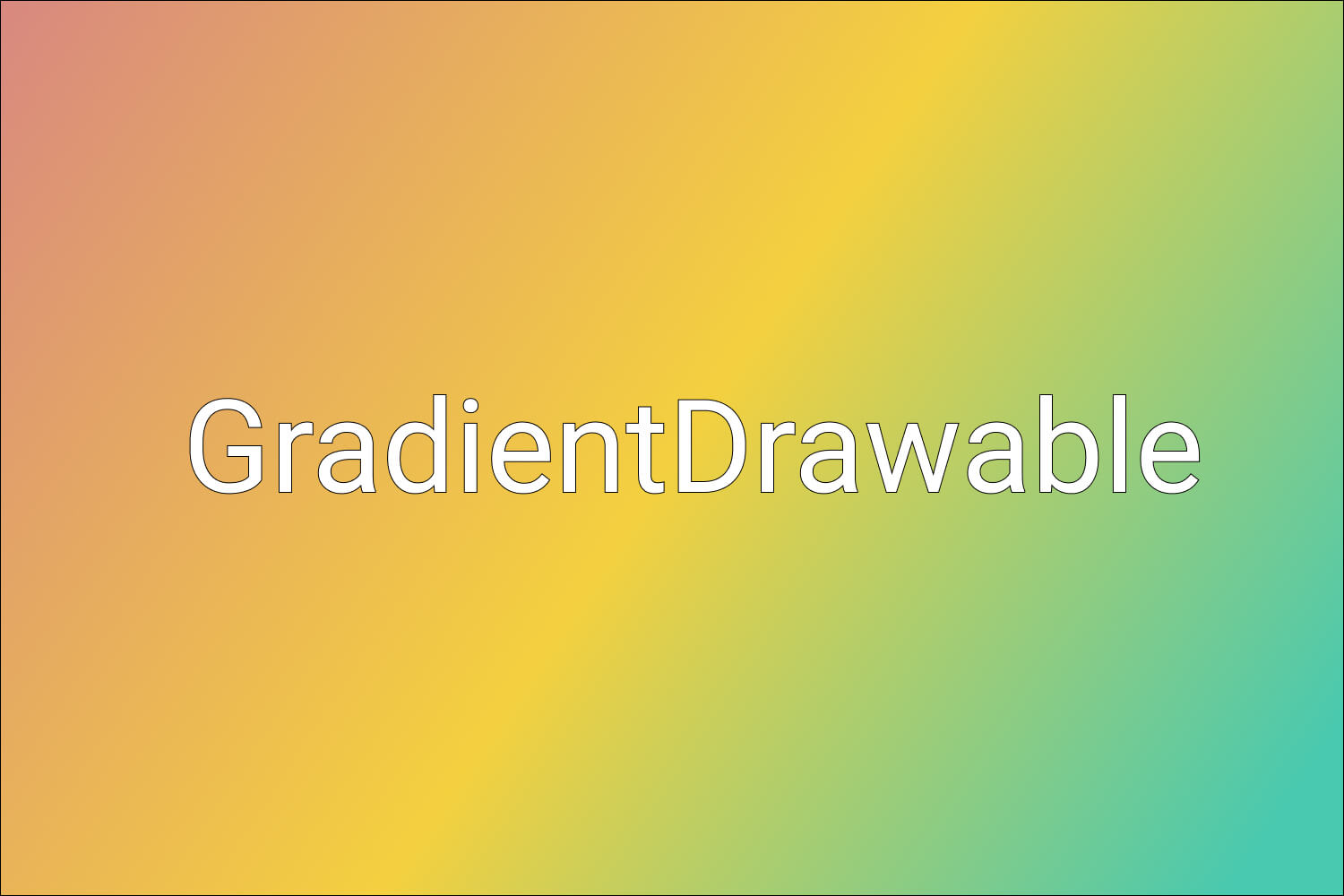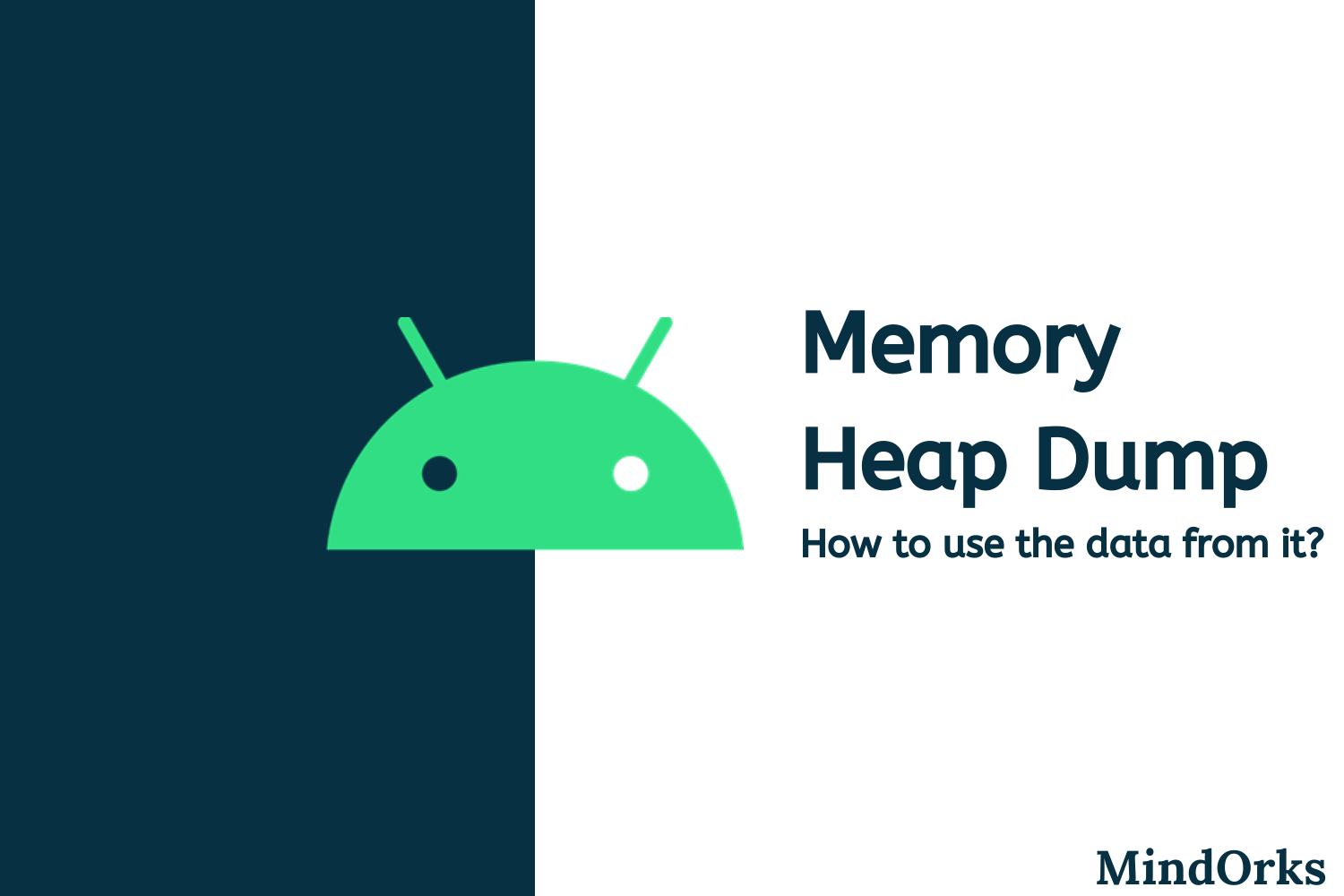What is Android Jetpack and why should we use it?

What is Android Jetpack?
Android Jetpack is a collection of Android software components which helps us in building great Android apps.
These software components help in:
- Following the best practices and writing the boilerplate code.
- Making complex things very simple.
Earlier there were many challenges which are as follows:
- Managing activity lifecycles.
- Surviving configuration changes.
- Preventing memory leaks.
All these major problems have been solved by the Android Jetpack's software components.
So, the solution for all the problems is Andriod Jetpack.
Another most important thing about the Jetpack is that it gets updated more frequently than the Android platform so that we always get the latest version.
Jetpack comprises the androidx.* package libraries, unbundled from the platform APIs. This means that it offers backward compatibility.
Android Jetpack Components
Android Jetpack components are a collection of libraries that are individually adoptable and built to work together while taking advantage of Kotlin language features that make us more productive.
These software components have been arranged in 4 categories which are as follows:
- Foundation Components
- Architecture Components
- Behavior Components
- UI Components
Let's see one by one.
Foundation Components
The foundation components provide the following:
- Backward compatibility
- Testing
- Kotlin language support.
All the foundation components are as follows:
- App Compat : Degrade gracefully on older versions of Android with material design user interface implementation support.
- Android KTX : Set of Kotlin extensions to write more concise, idiomatic Kotlin code.
- Multidex : Provide support for multiple dex files for apps.
- Test : A testing framework for unit and runtime UI tests in Android.
Architecture Components
The architecture components help us in building:
- Robust Apps
- Testable Apps
- Maintainable Apps
All the architecture components are as follows:
- Data Binding : Declaratively bind UI elements to in our layout to data sources of our app.
- Lifecycles : Manages activity and fragment lifecycles of our app.
- LiveData : Notify views of any database changes.
- Navigation : Handle everything needed for in-app navigation.
- Paging : Gradually load information on demand from your data source.
- Room : Fluent SQLite database access.
- ViewModel : Manage UI-related data in a lifecycle-conscious way.
- WorkManager : Manage every background jobs in Android with the circumstances we choose.
Behavior Components
The behavior components help in the integration with standard Android services like
- Notifications
- Permissions
- Sharing
- Assistant
All the behavior components are as follows:
- Download Manager : Schedule and manage large downloads in background with auto retry support.
- Media & playback : Backwards compatible APIs for media playback and routing (including Google Cast).
- Notifications : Provides a backwards-compatible notification API with Wear and Auto support.
- Permissions : Compatibility APIs for checking and requesting permissions in app.
- Preferences : Create interactive settings screens for users to configure.
- Sharing : Provides a share action suitable for an app’s action bar.
- Slices : Create flexible UI elements that can display app data outside the app and can be extended all the way back to Android 4.4.
UI Components
The UI components provide widgets and helpers to make your app not only easy, but delightful to use.
All the UI components are as follows:
- Animation and transitions : Move widgets and transition between screens.
- Auto : Components to develop Android Auto apps.
- Emoji : Enable updated emoji font on older platforms.
- Fragment : A basic unit of composable UI.
- Layout : Lay out widgets with different algorithms.
- Palette : Pull useful information from color palettes.
- TV : Components to develop Android TV apps.
- Wear : Components to develop Wear apps.
This way the Android Jetpack helps us. We should start using it.





